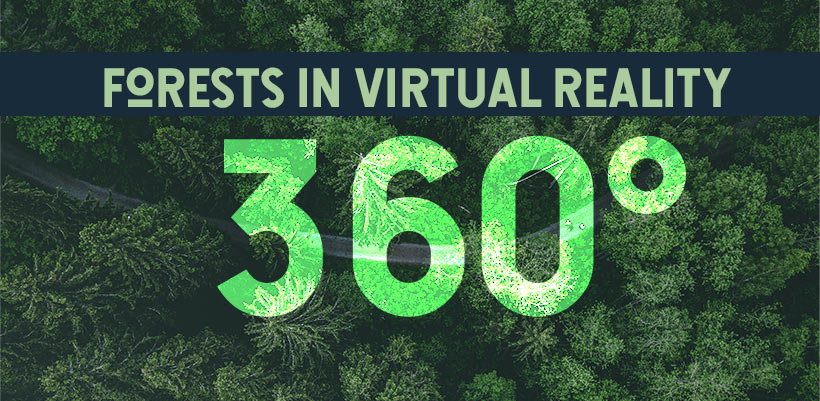European Forests in 360 Degrees
Forests are both important for biodiversity and for planet health. We need the lumber from them to build with and to sequester carbon. That means we need to be smart about how we manage forests. While some can be set aside purely for wild lands, others need to be set up for their lumber production.
In a recent campaign, we traveled through Europe to look at what we can do to mitigate insect damage which is being fueled by an increasing global temperatures, drought, and severe weather. The following three videos show what forests look like with different levels of management.

(See more about how you can make your own 360 degree videos)
A Spruce Monoculture
The above video is a spruce monoculture in central Czechia.
A Spruce Forest in Transition
This is from a forest that is in transition. It used to be a thick spruce monoculture and is now in a transition to one with beech and fir.
Mixed Production Forest
This clip is an example of a working forest where some trees are harvested for lumber, but when the trees are of poor quality, they are left as downed trees. The canopy is of mixed species and age classes.
Selectively Logged Trees (Using Horses)
This video was taken inside of a production forest where they’re trying to reduce the impact to the soil by using horses. Horses, while a bit more expensive, are wonderful at keeping the other trees healthy.
Beech Forest
Beech is one of the main trees in a European forest. It grows relatively quickly and is often an early colonizer of gaps in a forest. Having beech decreases the likelihood of a forest-wide spruce beetle outbreak in that it acts as a bit of a buffer. Here we are in a forest in Bavaria.
Years After a Spruce Beetle Apocalypse
This is a walk-through in the National Park here in Bavaria with the Deputy Director of the Park. He explains a bit about how the ecosystem works. You can see large standing dead trees in addition to a ton of new tree growth all around him as we wander through the forest in this 360 Degree short.
































































































